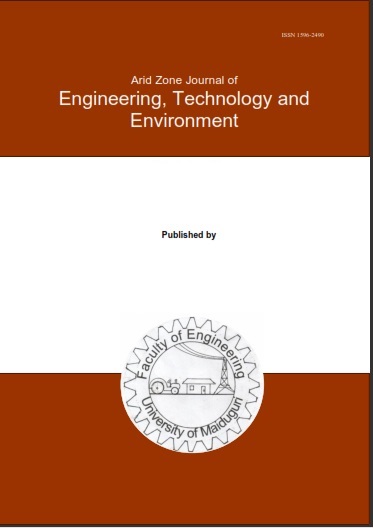Abstract
Unreliable power supply from utility companies in Nigeria undermines the ability of universities to provide quality services, particularly disrupting critical night-time security operations. A persistent issue at Lagos State University of Science and Technology (LASUSTECH), Ikorodu Lagos State is the pervasive darkness during utility load shedding, which directly hinders security personnel. Current solutions like using diesel generators (DGs), hybrid renewable energy supply systems (HRESS), and standalone renewable energy supply systems (SRESS) present significant drawbacks: in addition, DGs are expensive to run while HRESS require substantial upfront investment. Similarly, SRESS used for street lighting, leave many campus areas such as the walkways, offices, and classrooms in darkness at night. To address these shortcomings and enhance night-time security, this research proposes an improved alternating circuit (AC)-tied Solar-photovoltaic (PV)-based lighting system (IACSLS). This research involved systematic modeling, design, simulation, construction, and implementation of the proposed IACSLS at LASUSTECH. The IACSLS successfully generated an average of 580 Wh in four hours of peak sunlight per day from a 145 W solar-PV panel, which is enough to power a 30 W LED bulb throughout the night. The system is 100% renewable and shows a surplus of 6.71 kWh per year, indicating it produces more energy than it needs. The total initial capital cost is estimated to be $65.54, with a projected life span of 10 to 25 years. The deployed system consistently delivered over eight hours of lighting at night during load shedding offering a sustainable, cost-effective solution for improving night-time security activities on university campus.

This work is licensed under a Creative Commons Attribution-NonCommercial-NoDerivatives 4.0 International License.
Copyright (c) 2025 ARID ZONE JOURNAL OF ENGINEERING, TECHNOLOGY AND ENVIRONMENT

